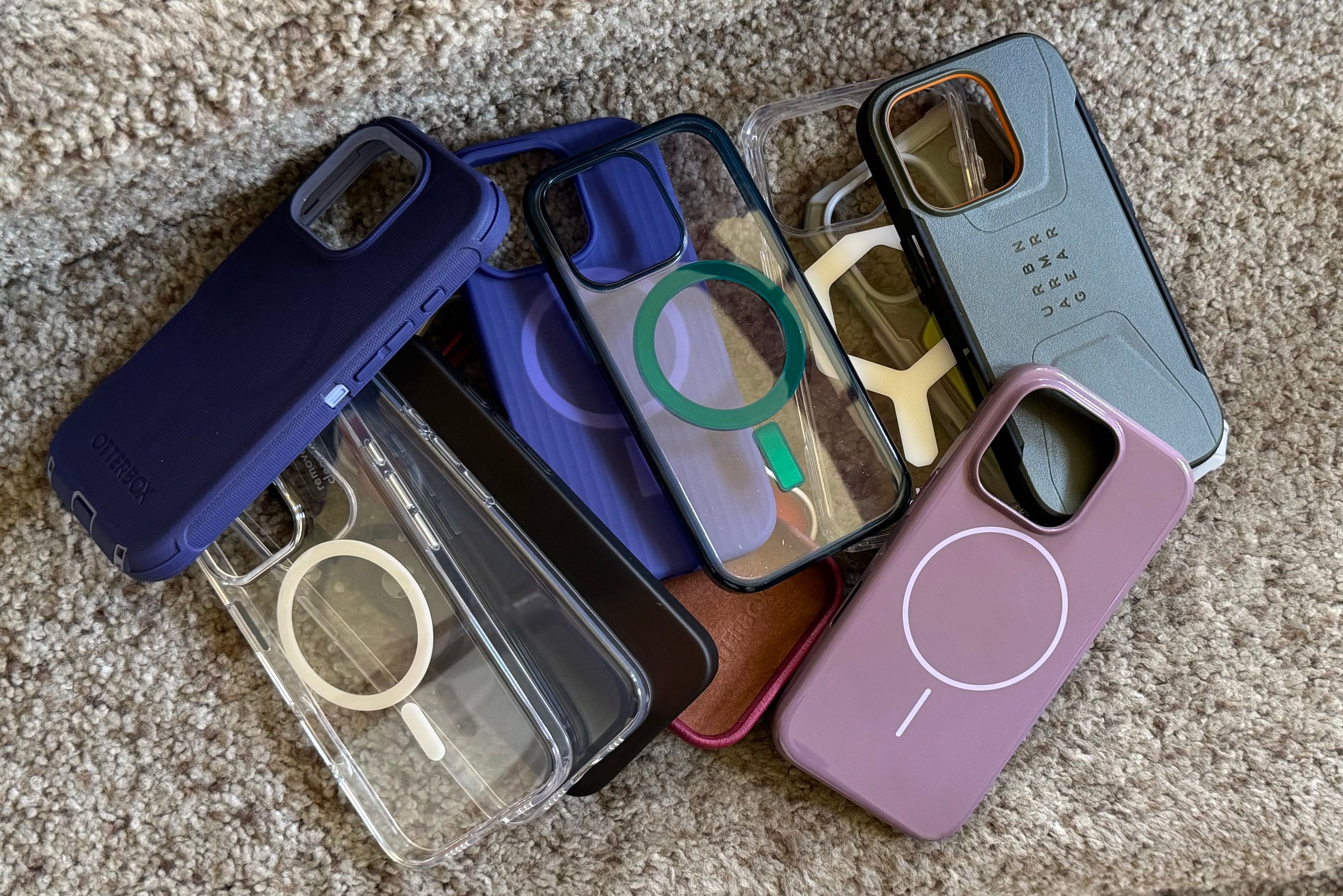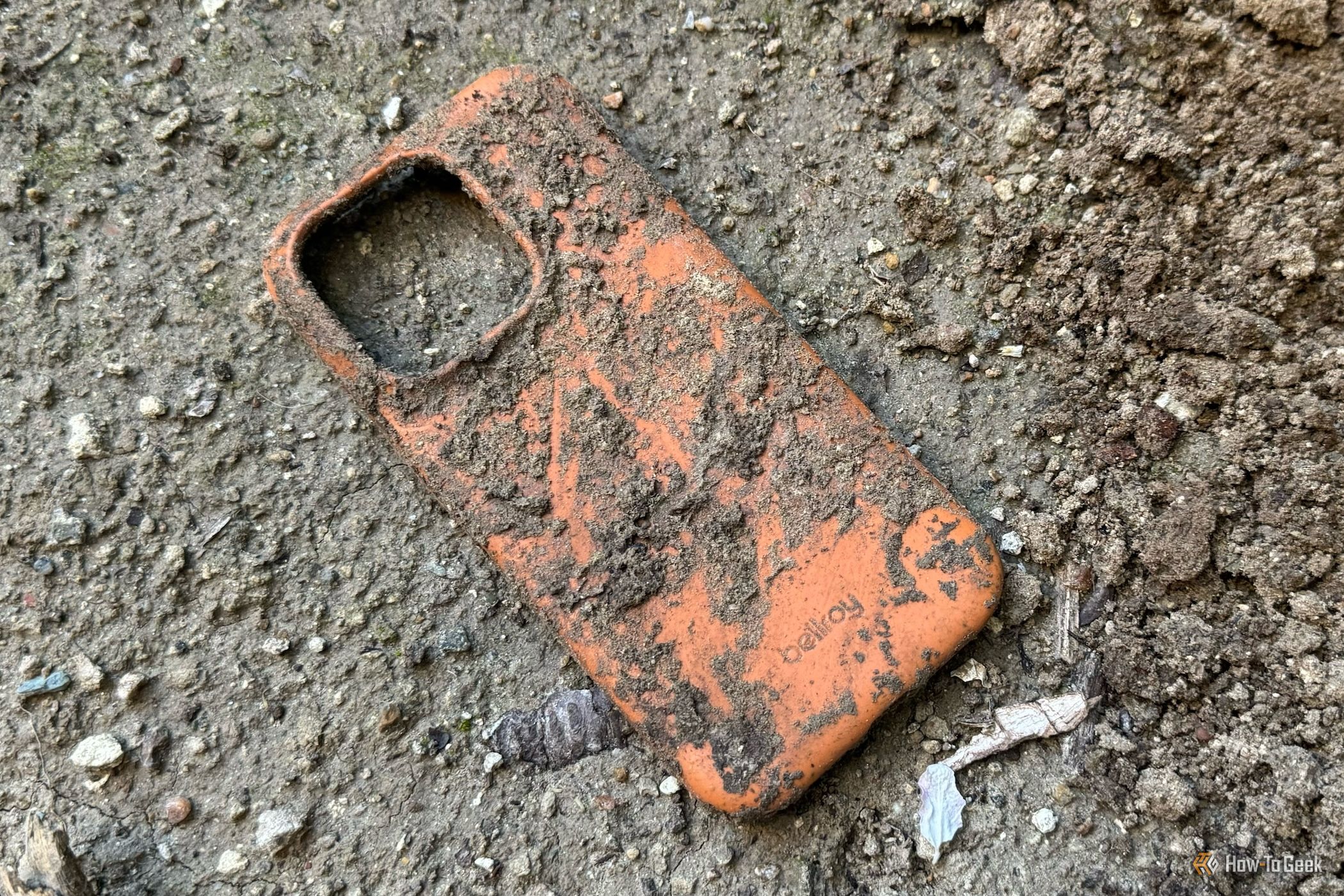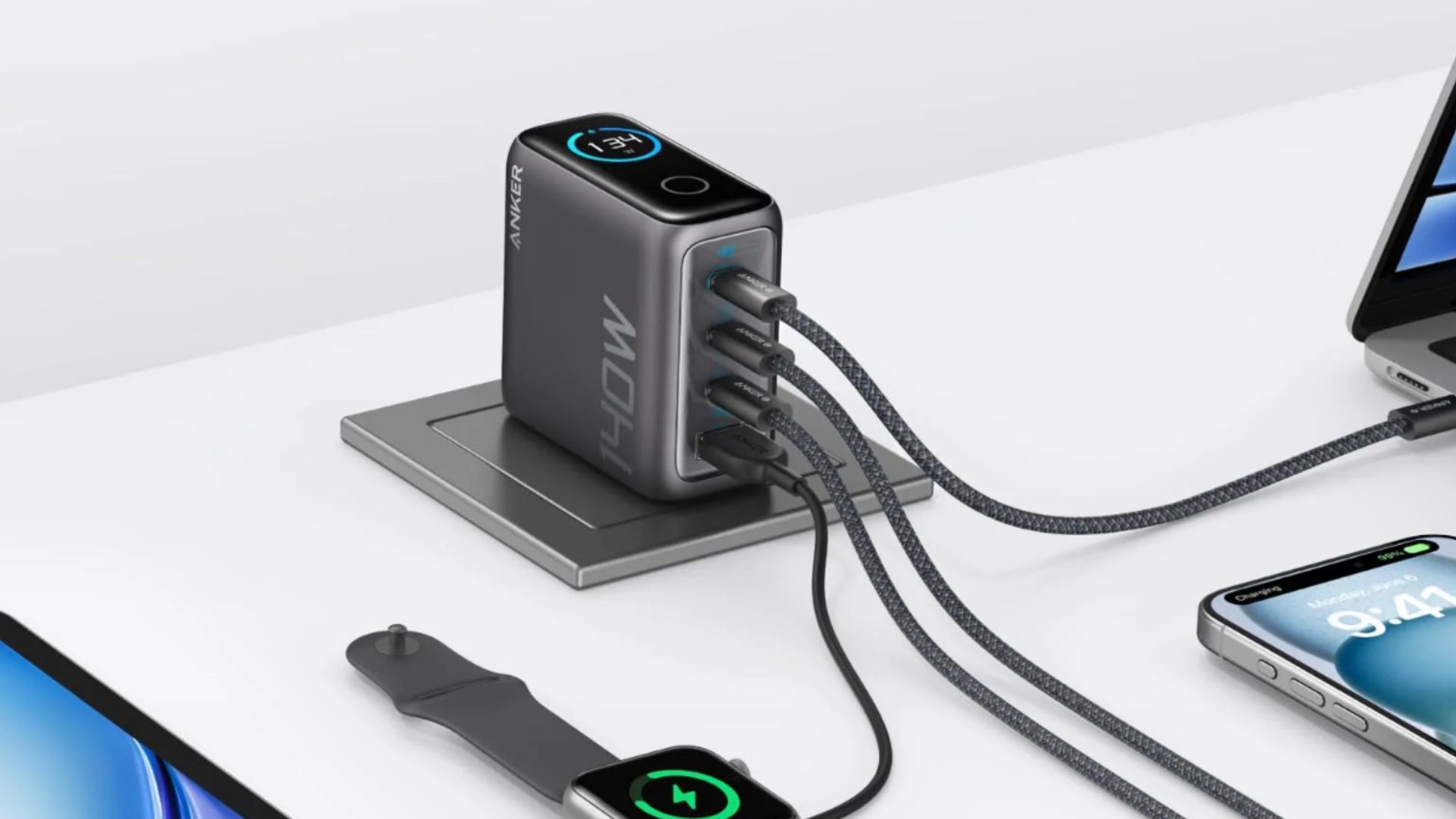Summary
- Opt for eco-friendly phone accessories made of recycled materials to reduce environmental impact.
- Avoid buying cheaply made accessories that wear out quickly, forcing you to replace and dispose of them sooner than necessary.
- Dispose of old accessories responsibly through recycling programs, donations, or in-store drop-offs to support a greener future.
Most people think about style and function when purchasing phone accessories, but I’ve started thinking about sustainability to help the planet. Every case, charger, and screen protector I buy has an environmental impact, and I want to make choices that count.
With so much plastic waste ending up in landfills and oceans, even small changes in our shopping habits can add up. Here’s how I choose eco-friendly phone gear that protects both my device and the planet.
Why It Matters to Go Green
You may not think about it when buying phone accessories, but depending on where you shop, your purchase might not be the best for the environment. Most accessories are made from plastic, which can harm the planet—especially when tossed out without a second thought.
Take phone cases, for example. Many people throw them away as soon as they’re done with them, not realizing that plastic can take years to break down, adding to the mounting waste problem. The environmental cost doesn’t stop there—manufacturing and shipping also contribute to carbon emissions. That’s why choosing more sustainable options matters.
It’s often easier to grab something cheap and convenient, but every step toward sustainability to help the planet counts. What you buy and how you dispose of it can make a real difference.
What I Look for in Eco-Friendly Accessories
Bellroy Bio Phone Case in March 2024.
When searching for accessories that benefit the planet, I check several key boxes before purchasing. I look for items made from recycled plastics, plant-based bioplastics, natural fibers, or certified wood. These materials are far better for the environment than traditional plastic alternatives.
Materials labeled as sustainable are crafted to reduce environmental harm from production to disposal. Many are made from renewable or recycled sources, helping limit fossil fuel use and carbon emissions. Some are also biodegradable or compostable, which helps prevent long-term waste buildup in landfills and oceans. Plus, they typically require less energy and water to produce than conventional plastics.
But it’s not just about what accessories are made of—it’s also about how long they last. Choosing well-built, durable products reduces the need for constant replacement, which cuts down on waste and saves money in the long run.
To follow this mindset, I look for accessories with strong construction, reinforced stress points, and clear warranty information. A good warranty often means the company will replace damaged items and may even request the old ones back for proper disposal.
If you need to replace an accessory, look for companies that offer certified forestry or transparent recycling programs to help you responsibly dispose of old products. Packaging also matters. I look for accessories shipped in recyclable cardboard, minimal plastic, or compostable mailers. Some companies even skip packaging altogether or use soy-based inks for printing.
Take Apple, for example. They’ve eliminated plastic wrapping, reduced package sizes, and now use recyclable aluminum in many products. These small changes, especially at Apple’s scale, add up and make a measurable difference.
Researching might take longer than just clicking “buy,” but the first step toward sustainability is always the most important. By doing so, you’re taking action for a cleaner, more responsible future by checking these boxes.
Temptations That I Tend to Avoid
Once you know what to look for, it’s just as important to know what to avoid. Materials aren’t the only red flag—temptations can be just as deceptive.
Start by considering where you’re shopping. Phone accessories at gas stations, dollar stores, or convenience stores may look trendy and affordable, but they’re usually made cheaply and built to break. That means you’ll toss them sooner rather than later and buy replacements, adding to the waste cycle.
I also watch out for greenwashing. Some brands talk a big game about being eco-friendly but don’t back it up. They slap buzzwords on their packaging without making meaningful changes to their materials or production processes.
That’s why looking for proof—like third-party certifications, material breakdowns, or real sustainability reports is essential. If a company is honest about its environmental impact, it’ll show.
By staying aware of these signs, traps, and temptations, you can avoid throwing money at products that either don’t last or don’t live up to their eco-friendly claims. And once you learn how to spot them, it gets harder to be fooled again.
How I Dispose of Phone Accessories When the Time Comes
Not all phone accessories are built to last forever. Eventually, they give out—and when that day comes, what you do next makes all the difference.
Send Them Out
Many companies allow you to return products for recycling, even if the item wasn’t purchased initially with them or is in poor condition.
For example, Apple’s trade-in program lets you exchange older Apple products for credit toward new ones. You can also recycle non-Apple devices, like Android phones, through Apple—though you won’t get credit for those.Apple’s trade-in program
Each company’s process is a little different. Some send a prepaid box with a return label; all you have to do is pack the item and drop it off. Others may email you a prepaid label, meaning you’ll need to find your box, print the label, and ship it through the stated carrier.
Some companies don’t accept every accessory—phone cases and charging cables, for example—but there are still ways to dispose of them responsibly. When I upgrade my iPhone, my old case usually doesn’t fit the new model. Instead of tossing it, I recycle it through Case-Mate’s partnership with Close the Loop.
They sent me a prepaid USPS label, and I found a box, packed the case, and shipped it out. It’s quick, easy, free—and good for the planet.
Donate Them
If you’re not ready to recycle, consider donating your old accessories. A gently used case might be a welcome spare if a friend or family member has the same phone model. You can also check with local shelters, schools, or community centers—some may accept lightly used headphones, charging cables, or cases for students or guests.
If that doesn’t work out, thrift stores like Goodwill often accept tech accessories for reuse.
Recycle Them
If donating isn’t an option and you’d rather not ship, in-store recycling is a great alternative.
Retailers like Best Buy and Staples offer tech recycling drop-offs for small electronics and accessories—including frayed charging cables and old earbuds. If they can’t take everything, check with your town’s recycling center. Some have designated drop-offs for electronics, including larger items like broken monitors or TVs.
No matter how you choose to part ways with your accessories, the key is to do it responsibly. Whether you recycle, donate, or pass them on, you’re not just clearing out clutter—you’re consciously choosing to reduce waste and support a greener future.
Finding sustainable, eco-friendly phone accessories isn’t hard—finding the right fit just takes a bit more time. You want to ensure the product is high quality and that the company truly stands behind its environmental claims, not just using greenwashing tactics to look good.
But it’s not only about what you buy; using your accessories and what you do with them once they’re no longer useful is just as important. Every stage in an accessory’s life matters, and your choices can strengthen or weaken its sustainability and eco-friendliness.
Buying planet-friendly products is just the beginning—what you do afterward impacts your efforts. It’s easier than you think, and once you start, you’ll wonder why you didn’t make the switch sooner.












Leave a Comment
Your email address will not be published. Required fields are marked *